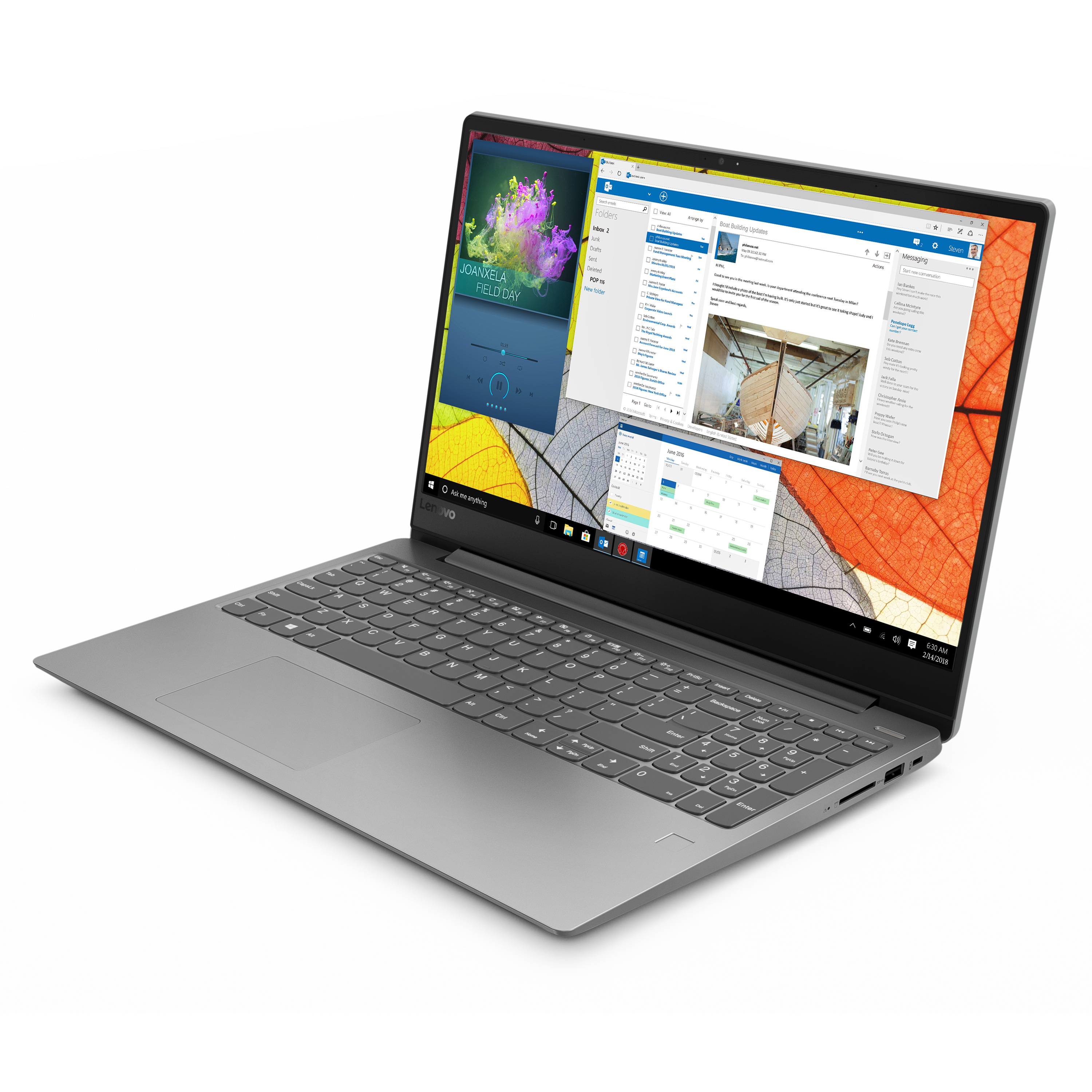With the rollouts of 5g starting, one question, at least, remains unanswered, is the radiation from the lower band 5g signal going to be dangerous for the users? I have done some research and reviewed research done by many others including the US Navy and WHO (the World Health Organization). The first step was to figure out what this new standard is and exactly what kind of transmissions, both active and passive, its adoption will bring to our environment.
5g is being adopted differently by different carriers. AT&T thus far is adopting some of the technological improvements of 5g and applying it to current cell use bands, resulting in enhanced 4g (not really 5g) providing maybe a 30% improvement in transmission throughput and reduction in congestion. Verizon has adopted a 3-band (spread spectrum) approach with the low-band being around 600mhz and the high-band 24ghz – 52ghz. The mid-band is expected to be in the historic cell band at 800mhz to 900mhz ( a sweet spot for human exposure safety as determined by US Navy testing with radars back in the early 1900s). T-Mobile appears to be focusing on the low band (around 600mhz) with their current rollout.
There are two reasons for moving the new service to a different frequency band; 1, is to get out of congested bands where competition for spectrum prevents the growth of bandwidth through using wider frequency bands and 2, the 600 Mhz band is better at reaching out in rural areas simply by the nature of its lower frequency (higher frequency transmissions are more line-of-site, and won’t bend around or pass through foliage, or other obstructions, near as well as lower frequency transmissions). As a trade-off, it is expected that the new towers for 5g will use roughly twice the signal power of the current 4g towers (to compensate for lower frequency transmissions requiring more power to achieve good signal quality in a given path). Verizon is testing its GHz system exclusively in event locations and large cities where the extreme line-of-sight and short-range character of those transmissions are a benefit instead of a liability (think of small low power transmitters on every street corner or well-spaced within a stadium).
Okay, so with a real rough notion of the characteristics of the new standard, what are the concerns surrounding this change? According to the WHO, as the frequency drops from 900 MHz, the ability of the signal to pass into and cause changes in human tissues increases considerably, or said another way the absorption rate of skin tissue increases. Add to this that the 5g towers will be transmitting with more power (as yet, no clear word on whether the hand units will use more transmit power for 5g) and there should be an expectation of far greater exposure to humans.
What do we know about safe levels over long exposure to RF radiation? Research on this topic goes back over 80 years and it appears that exposure sufficient to raise tissue temperature 1-degree Celcius has been a threshold for when deleterious effects can be expected. ( Anyone remember using old cordless phones that caused your ear to feel hot?). How much signal is required to produce this effect? A guideline from WHO indicates that 4W/kg SAR (specific Absorption Rate) (the result of 4W PEP at a distance of 1 meter from the source) meets this threshold and will cause both tissue temperature increase of at least 1-degree Celcius and generalized impacts on the living being including behavioral changes, induction of lens opacities and adverse reproductive outcomes. Induction of cancers and similar maladies requires more study but may also be probable at this level of exposure.
Given these vague indications, we can expect phones using the new standard to cause more exposure to RF radiation; but, much more study needs to be done to determine if actual phones using this standard will cause or increase the incidence of related health and mental issues. The crux of the situation is that the new phones could operate using sufficiently low power that no significant tissue damage will occur short or long term; but, I don’t believe appropriate research has been done yet to know one way or the other.

